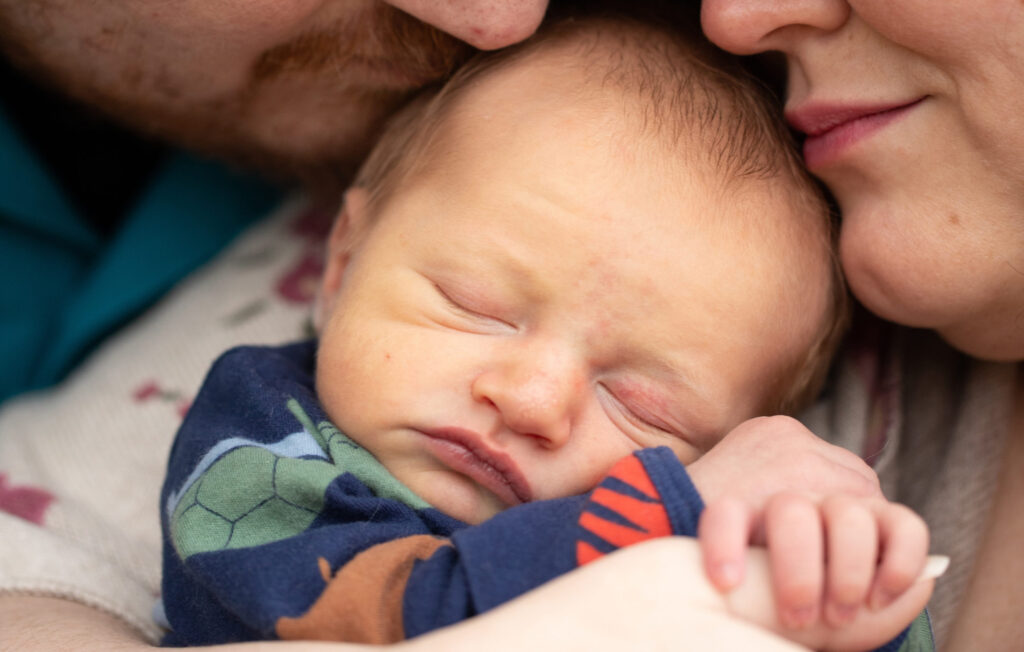Learn more about what causes intrauterine adhesions and how we can help
 Many patients at our fertility clinic in Tennessee want to know more about what causes intrauterine adhesions. Also called Asherman syndrome, this condition is the presence of scar tissue inside the uterus. The scar tissue can reduce space in the uterus and may cause the walls of the uterus to stick together, making it difficult for an embryo to implant. Asherman syndrome can also result in pelvic pain and infrequent or light menstrual periods.
Many patients at our fertility clinic in Tennessee want to know more about what causes intrauterine adhesions. Also called Asherman syndrome, this condition is the presence of scar tissue inside the uterus. The scar tissue can reduce space in the uterus and may cause the walls of the uterus to stick together, making it difficult for an embryo to implant. Asherman syndrome can also result in pelvic pain and infrequent or light menstrual periods.
What causes intrauterine adhesions
When learning about what causes intrauterine adhesions, it’s important to note that this isn’t something a person is born with. Instead, intrauterine adhesions can develop due to certain circumstances.
- Uterine surgeries to remove growths, such as uterine fibroids or ovarian cysts
- Dilation and curettage, or D&C
- Cesarean section
- Pelvic infections
- Radiation therapy
Because these procedures and health factors can cause scar tissue to form in the uterus, it’s important for a woman to inform her fertility specialist if she has experienced any of these situations. Sharing this information when visiting our fertility clinic in Tennessee helps to ensure an accurate infertility diagnosis.
One surgical procedure to diagnose and treat Asherman syndrome
When a doctor suspects a patient has intrauterine adhesions, front-line tests might include a hysterosalpingogram (HSG), or saline sonohysterogram (SHG), to diagnose this condition. However, in some cases, a fertility specialist may recommend a hysteroscopy, as it allows for both the diagnosis and treatment of Asherman syndrome.
A hysteroscopy is a minimally invasive procedure in which the doctor can both view and remove scar tissue in the uterus. This procedure involves multiple, simple steps.
Scheduling. When a patient chooses to move forward with a hysteroscopy, our team schedules the procedure to occur during the first week after the patient’s menstrual cycle.
Sedating. On the day of the procedure, an anesthesiologist administers IV sedation to ensure the patient is comfortable.
Introducing the hysteroscope. Following sedation, the doctor passes a thin, lighted hysteroscope through the patient’s vagina and cervix into her uterus.
Inflating the uterus. Next, the doctor uses gas or fluid to inflate the uterus and improve visibility.
Assessing the scar tissue. With the uterus inflated, the doctor can analyze the intrauterine adhesions.
Removing the scar tissue. After assessing the uterus, the doctor utilizes a specialized tool to remove the adhesions.
Patients typically have a fast, easy recovery and can return home shortly after this procedure. Often, women experience no more than minimal vaginal bleeding and mild cramping.
Our fertility clinic in Tennessee works closely with patients to help ensure Asherman syndrome no longer blocks the path to parenthood.
Contact us to learn more about what causes intrauterine adhesions.







